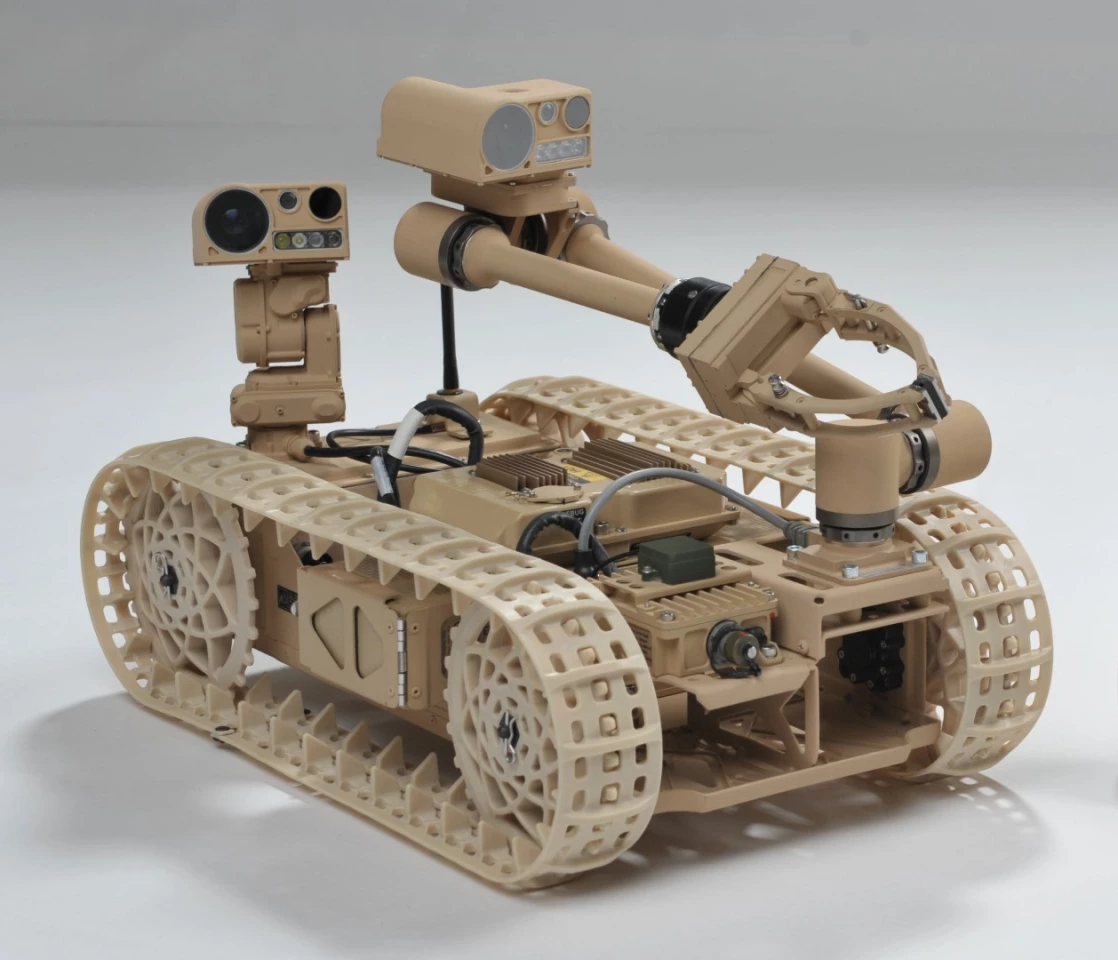A lot of robots are like turtles – they're not much use when they're on their backs. So scientists at the US Army Research Laboratory (ARL) and the Johns Hopkins University Applied Physics Laboratory (JHU/APL) are working on software to help fallen military robots right themselves. The purpose of this is not only to make such battlefield bots more efficient, but also less dependent on their soldier partners for support.
For all their controversy, military robots are here to stay. Popular imagination to the contrary, there's a lot more to them than proto-Terminators waiting for the fictional Skynet to come online. Most of them are remote intelligence gatherers or act as additional eyes for soldiers on the front line that allow them to assess places for any signs of danger before risking a human life.
According to ARL researcher Dr Chad Kessens, the bond between soldier and robot can be as close as between a dog and its master – and one likely to cause the human of the pair to risk himself to save his mechanical partner.
"One soldier told me that he valued his robot so much, he got out of his vehicle to rescue the robot when he couldn't get it turned back over," says Kessens. "That is a story I never want to hear again."
The problem is that, for all their sophistication, modern military robots are still like most other machines. If they fall down, they have significant trouble getting up again. To alleviate this difficulty, Kessens is looking to software to help robots analyze the situation they're in and find solutions to get them back on their feet.
To put these ideas into practice, researchers from US Navy PMS-408 (Expeditionary Missions) and its technical arm, the Indian Head Explosive Ordnance Disposal Technology Division, are applying new software to their new Advanced Explosive Ordnance Disposal Robotic System (AEODRS). This is part of a new family of lightweight, backpackable, Explosive Ordnance Disposal (EOD) robots that is slated to soon go into production.

Since self-righting is an important thing for a bomb disposal robot to do, the JHU/APL team worked with ARL to incorporate the software into AEODRS and extend its use to robots with more joints, using an adaptive sampling system developed by JHU/APL researcher Galen Mullins.
"The analysis I've been working on looks at all possible geometries and orientations that the robot could find itself in," says Kessens said. "The problem is that each additional joint adds a dimension to the search space – so it is important to look in the right places for stable states and transitions. Otherwise, the search could take too long."
To overcome this, the robot has been taught to use a newly developed Range Adversarial Planning Tool (RAPT) – a software framework used to test autonomous and robotic systems that was originally developed for underwater vehicles, but which also has applications in self-righting robots.
"For this work, we were looking for states where the robot could transition from a stable configuration to an unstable one, thus causing the robot to tip over," says Mullins. "My techniques were able to effectively predict where those transitions might be so that we could search the space efficiently."
According to the Army, the AEODRS can use its eight degrees of freedom to figure out how to right itself by evaluating its initial state and working out how to move to get back on its treads. The hope is to go beyond a single robot to a more general purpose software.
"The Army and Navy want robots that can self-right, but we are still working to understand and evaluate what that means," says Kessens. "Self-right under what conditions? We have developed a metric analysis for evaluating a robot's ability to self-right on sloped planar ground, and we could even use it as a tool for improving robot design. Our next step is to determine what a robot is capable of on uneven terrain."
The findings were published in the IEEE's Robotics and Automation Letters.
Source: US Army






